×
![]()
tpl-tub-ss16: Instance-to-Instance Comparison Results
| Type: | Instance |
| Submitter: | János Höner |
| Description: | Model for the Post-Enrollment Course Timetabling Problem at TU Berlin from the summer term 2016 and the winter term 2016/2017 |
| MIPLIB Entry |
Parent Instance (tpl-tub-ss16)
All other instances below were be compared against this "query" instance.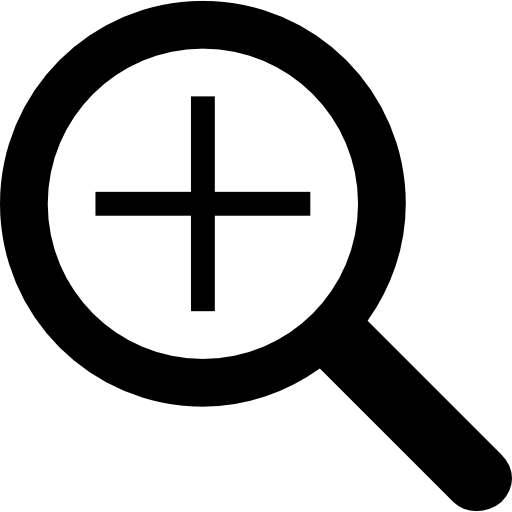  |
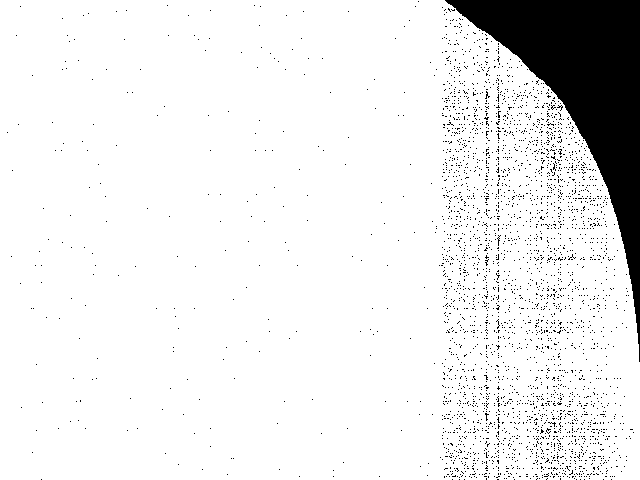 |
 |
 |
 |
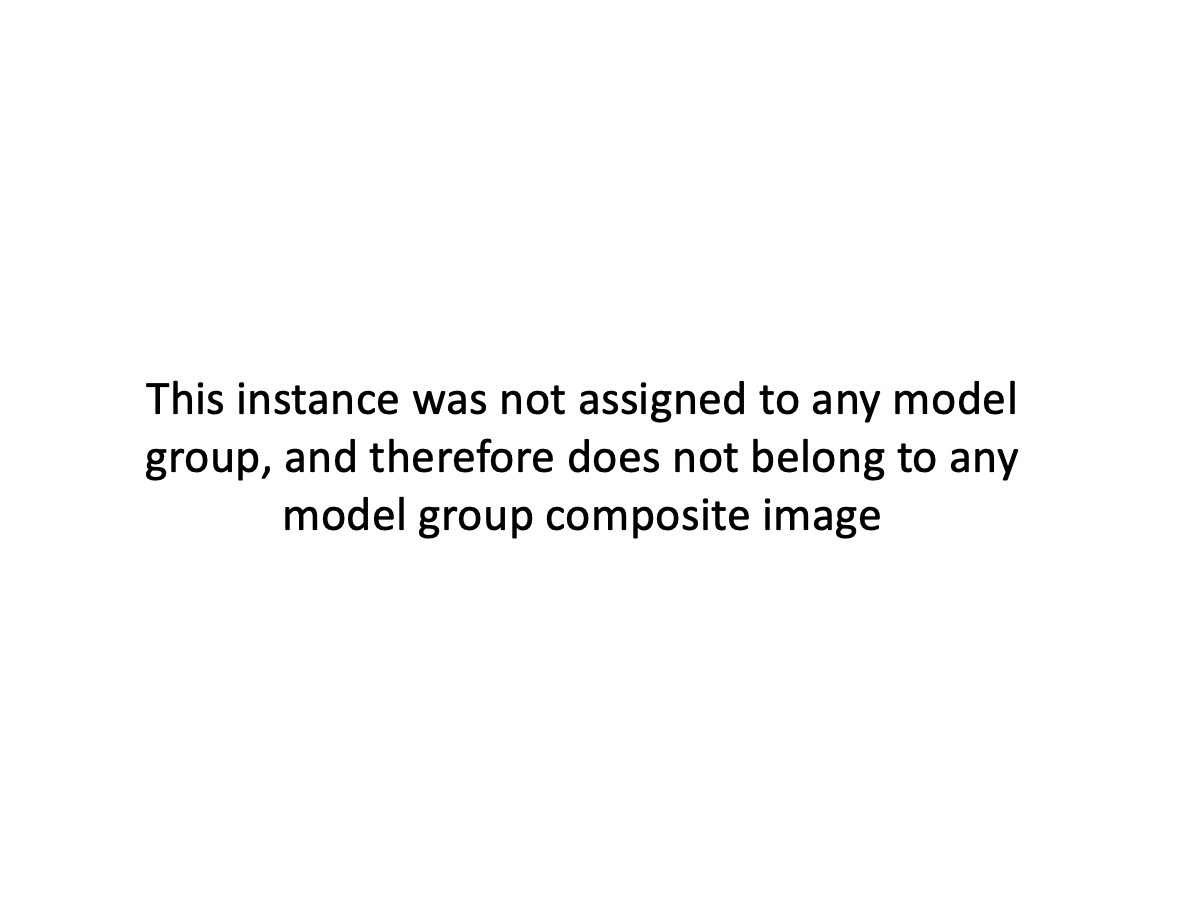 |
|
Raw
This is the CCM image before the decomposition procedure has been applied.
|
Decomposed
This is the CCM image after a decomposition procedure has been applied. This is the image used by the MIC's image-based comparisons for this query instance.
|
Composite of MIC Top 5
Composite of the five decomposed CCM images from the MIC Top 5.
|
Composite of MIPLIB Top 5
Composite of the five decomposed CCM images from the MIPLIB Top 5.
|
Model Group Composite Image
Composite of the decomposed CCM images for every instance in the same model group as this query.
|
MIC Top 5 Instances
These are the 5 decomposed CCM images that are most similar to decomposed CCM image for the the query instance, according to the ISS metric.  |
Decomposed
These decomposed images were created by GCG.
|
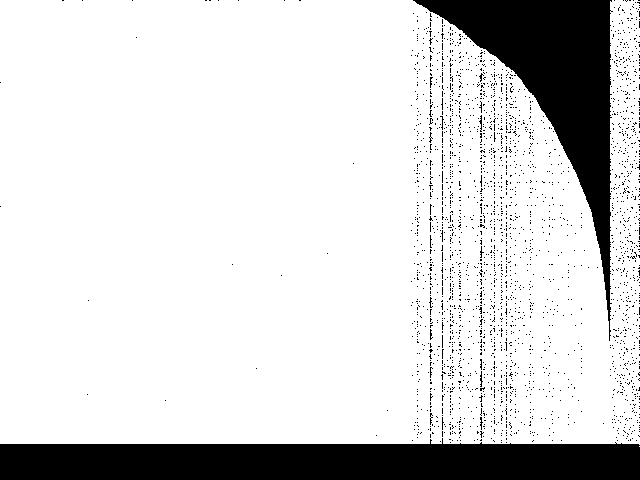 |
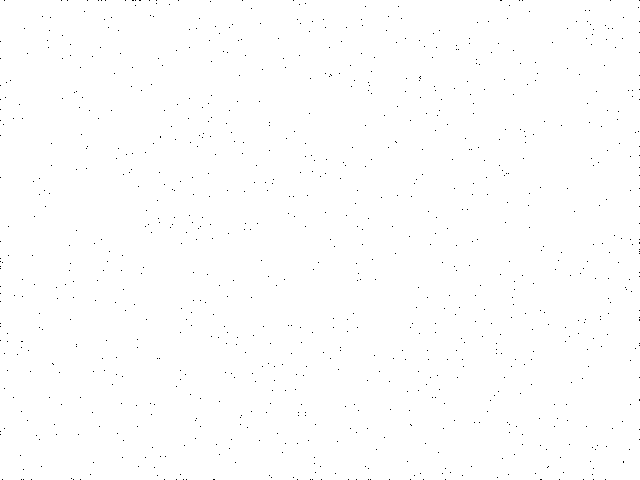 |
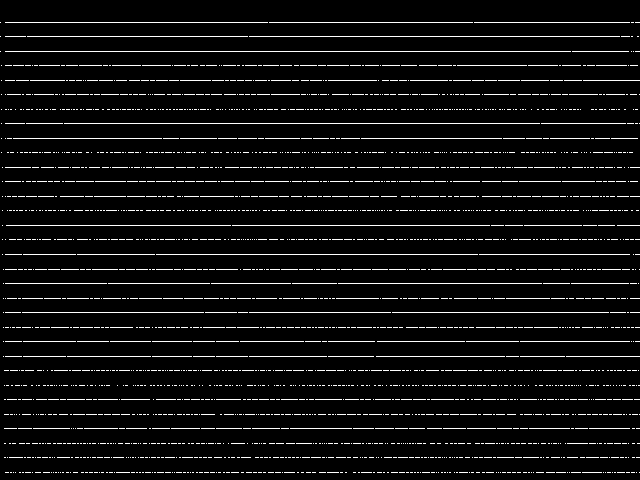 |
 |
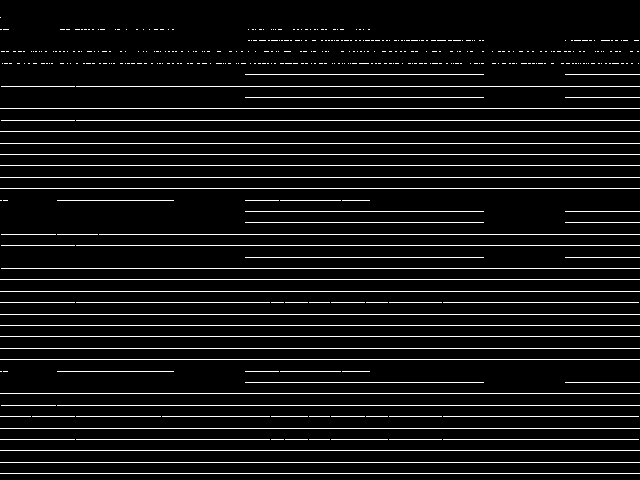 |
| Name | tpl-tub-ws1617 [MIPLIB] | scpl4 [MIPLIB] | eil33-2 [MIPLIB] | iis-hc-cov [MIPLIB] | ns1952667 [MIPLIB] | |
|
Rank / ISS
The image-based structural similarity (ISS) metric measures the Euclidean distance between the image-based feature vectors for the query instance and all other instances. A smaller ISS value indicates greater similarity.
|
1 / 0.493 | 2 / 1.022 | 3 / 1.122 | 4 / 1.128 | 5 / 1.138 | |
|
Raw
These images represent the CCM images in their raw forms (before any decomposition was applied) for the MIC top 5.
|
 |
 |
 |
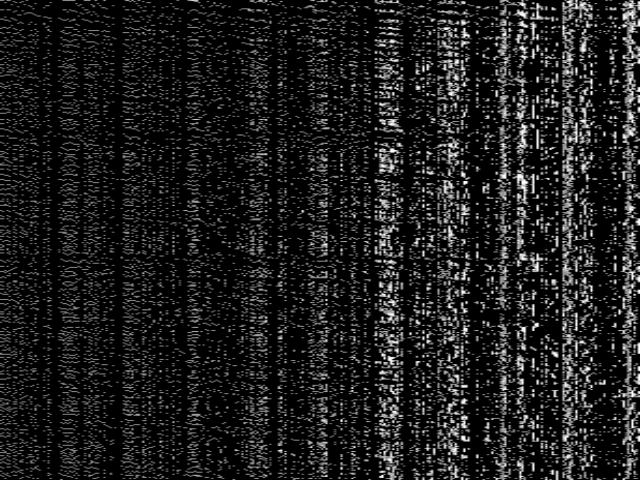 |
 |
MIPLIB Top 5 Instances
These are the 5 instances that are most closely related to the query instance, according to the instance statistic-based similarity measure employed by MIPLIB 2017  |
Decomposed
These decomposed images were created by GCG.
|
 |
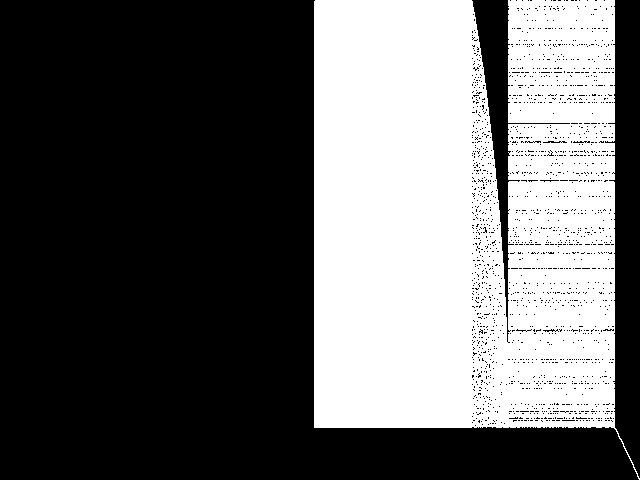 |
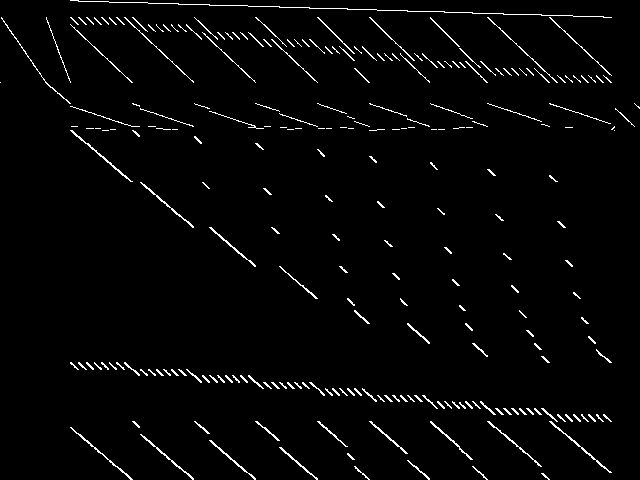 |
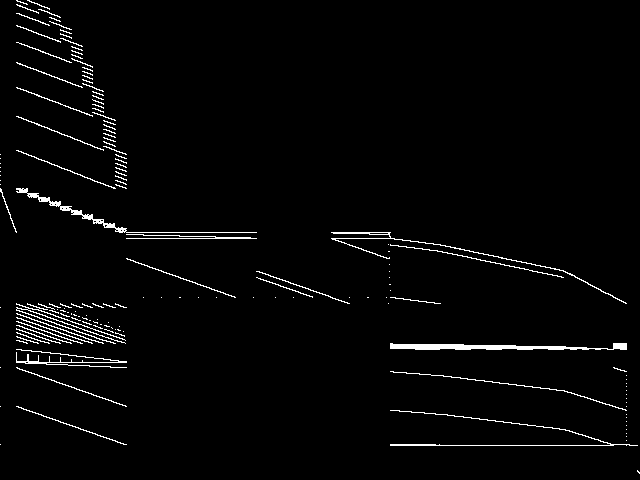 |
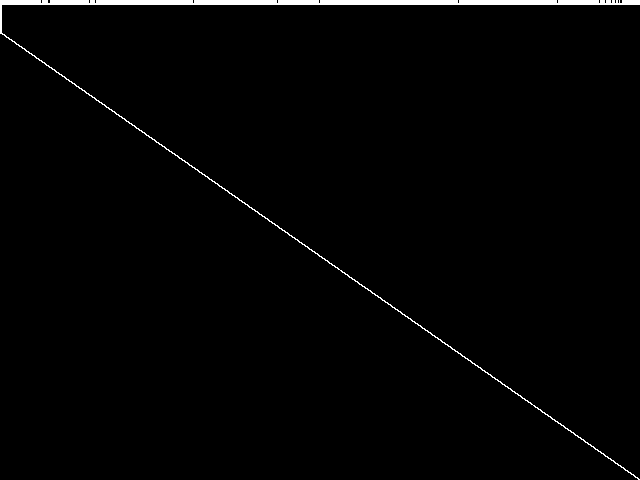 |
| Name | tpl-tub-ws1617 [MIPLIB] | rwth-timetable [MIPLIB] | neos-850681 [MIPLIB] | nb10tb [MIPLIB] | supportcase31 [MIPLIB] | |
|
Rank / ISS
The image-based structural similarity (ISS) metric measures the Euclidean distance between the image-based feature vectors for the query instance and all model groups. A smaller ISS value indicates greater similarity.
|
1 / 0.493 | 22 / 1.348 | 60 / 1.595 | 371 / 1.989 | 804 / 2.190 | |
|
Raw
These images represent the CCM images in their raw forms (before any decomposition was applied) for the MIPLIB top 5.
|
 |
 |
 |
 |
 |
Instance Summary
The table below contains summary information for tpl-tub-ss16, the five most similar instances to tpl-tub-ss16 according to the MIC, and the five most similar instances to tpl-tub-ss16 according to MIPLIB 2017.
| INSTANCE | SUBMITTER | DESCRIPTION | ISS | RANK | |
|---|---|---|---|---|---|
| Parent Instance | tpl-tub-ss16 [MIPLIB] | János Höner | Model for the Post-Enrollment Course Timetabling Problem at TU Berlin from the summer term 2016 and the winter term 2016/2017 | 0.000000 | - |
| MIC Top 5 | tpl-tub-ws1617 [MIPLIB] | János Höner | Model for the Post-Enrollment Course Timetabling Problem at TU Berlin from the summer term 2016 and the winter term 2016/2017 | 0.493365 | 1 |
| scpl4 [MIPLIB] | Shunji Umetani | This is a random test instance generator for SCP using the scheme of the following paper, namely the column cost c[j] are integer randomly generated from [1,100]; every column covers at least one row; and every row is covered by at least two columns. see reference: E. Balas and A. Ho, Set covering algorithms using cutting planes, heuristics, and subgradient optimization: A computational study, Mathematical Programming, 12 (1980), 37-60. We have newly generated Classes I-N with the following parameter values, where each class has five instances. We have also generated reduced instances by a standard pricing method in the following paper: S. Umetani and M. Yagiura, Relaxation heuristics for the set covering problem, Journal of the Operations Research Society of Japan, 50 (2007), 350-375. You can obtain the instance generator program from the following web site. https://sites.google.com/site/shunjiumetani/benchmark | 1.022215 | 2 | |
| eil33-2 [MIPLIB] | J. Linderoth | Set partitioning problem approximation for capicated vehicle routing problem instance from TSPLIB | 1.122012 | 3 | |
| iis-hc-cov [MIPLIB] | Marc Pfetsch | 23 "middlehard" Set-Covering Instances for MIPLIB: they have a small number of variables compared to the number of constraints and CPLEX 12.1 needs about one hour to solve them.For more information, have a look into the readme file which explains how the instances can be created. | 1.127526 | 4 | |
| ns1952667 [MIPLIB] | NEOS Server Submission | Instance coming from the NEOS Server with unknown application | 1.138359 | 5 | |
| MIPLIB Top 5 | tpl-tub-ws1617 [MIPLIB] | János Höner | Model for the Post-Enrollment Course Timetabling Problem at TU Berlin from the summer term 2016 and the winter term 2016/2017 | 0.493365 | 1 |
| rwth-timetable [MIPLIB] | Gerald Lach | University Course Timetabling from the RWTH Aachen | 1.347655 | 22 | |
| neos-850681 [MIPLIB] | NEOS Server Submission | Imported from the MIPLIB2010 submissions. | 1.594550 | 60 | |
| nb10tb [MIPLIB] | Serge Bisaillon | Forestry industry model | 1.989377 | 371 | |
| supportcase31 [MIPLIB] | Domenico Salvagnin | Instance coming from IBM developerWorks forum with unknown application. | 2.189680 | 804 |
tpl-tub-ss16: Instance-to-Model Comparison Results
| Model Group Assignment from MIPLIB: | no model group assignment |
| Assigned Model Group Rank/ISS in the MIC: | N.A. / N.A. |
MIC Top 5 Model Groups
These are the 5 model group composite (MGC) images that are most similar to the decomposed CCM image for the query instance, according to the ISS metric.  |
These are model group composite (MGC) images for the MIC top 5 model groups.
|
 |
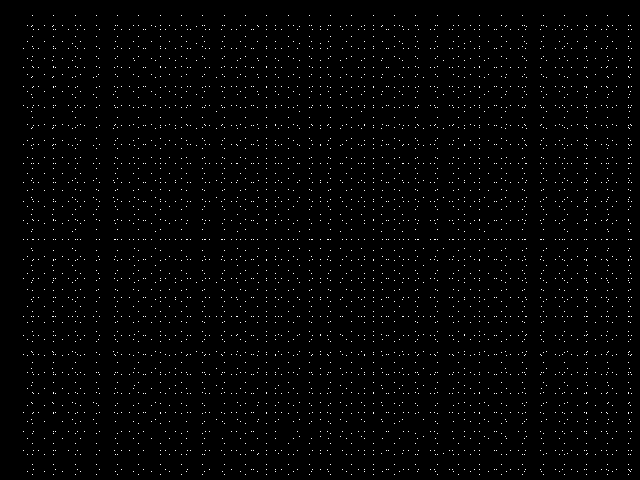 |
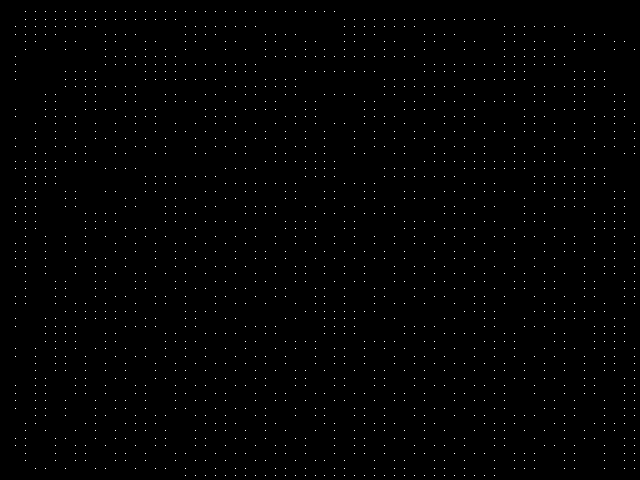 |
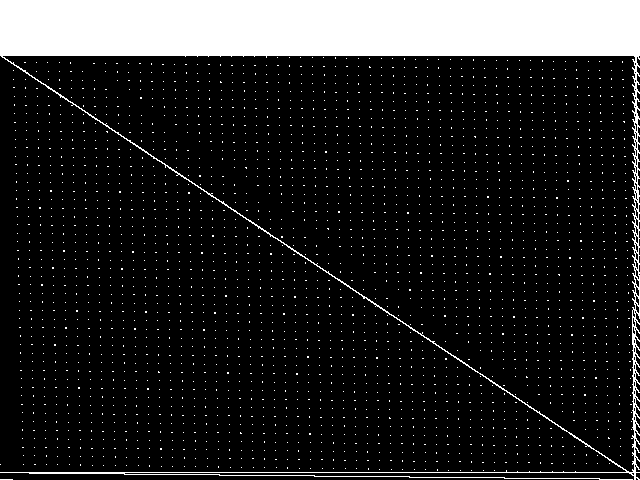 |
 |
| Name | independentset | generated | neos-pseudoapplication-21 | neos-pseudoapplication-101 | scp | |
|
Rank / ISS
The image-based structural similarity (ISS) metric measures the Euclidean distance between the image-based feature vectors for the query instance and all other instances. A smaller ISS value indicates greater similarity.
|
1 / 1.122 | 2 / 1.232 | 3 / 1.246 | 4 / 1.271 | 5 / 1.327 |
Model Group Summary
The table below contains summary information for the five most similar model groups to tpl-tub-ss16 according to the MIC.
| MODEL GROUP | SUBMITTER | DESCRIPTION | ISS | RANK | |
|---|---|---|---|---|---|
| MIC Top 5 | independentset | Toni Sorrell | These models are based on Neil Sloane's Challenge problems: Independent Sets in Graphs. | 1.121635 | 1 |
| generated | Simon Bowly | Randomly generated integer and binary programming models. These results are part of an early phase of work aimed at generating diverse and challenging MIP models for experimental testing. We have aimed to produce small integer and binary programming models which are reasonably difficult to solve and have varied structure, eliciting a range of behaviour in state of the art algorithms. | 1.231653 | 2 | |
| neos-pseudoapplication-21 | NEOS Server Submission | Imported from the MIPLIB2010 submissions. | 1.245620 | 3 | |
| neos-pseudoapplication-101 | NEOS Server Submission | Model coming from the NEOS Server with unknown application. Infeasibility claimed by CPLEX 12.6 and CPLEX 12.6.1 with extreme numerical caution emphasi after 4 and 2 hours computation, respectively. | 1.271222 | 4 | |
| scp | Shunji Umetani | This is a random test model generator for SCP using the scheme of the following paper, namely the column cost c[j] are integer randomly generated from [1,100]; every column covers at least one row; and every row is covered by at least two columns. see reference: E. Balas and A. Ho, Set covering algorithms using cutting planes, heuristics, and subgradient optimization: A computational study, Mathematical Programming, 12 (1980), 37-60. We have newly generated Classes I-N with the following parameter values, where each class has five models. We have also generated reduced models by a standard pricing method in the following paper: S. Umetani and M. Yagiura, Relaxation heuristics for the set covering problem, Journal of the Operations Research Society of Japan, 50 (2007), 350-375. You can obtain the model generator program from the following web site. https://sites.google.com/site/shunjiumetani/benchmark | 1.326512 | 5 |

